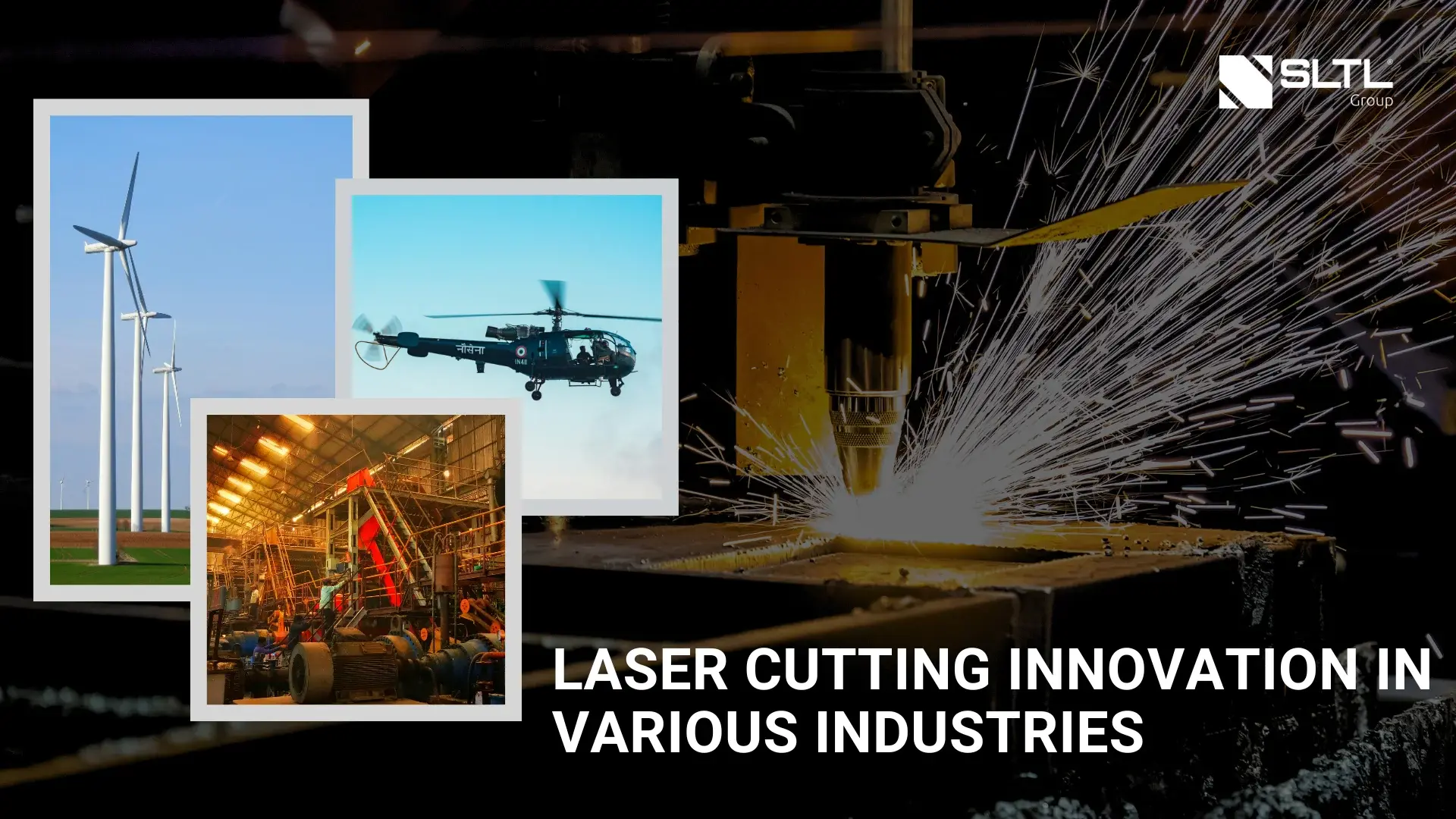Laser Cutting Innovations: The Crucial Role of Assist Gases in Modern Sheet Metal Manufacturing
Have you ever wondered why assist gasses are so important for applications using lasers? Let’s get right to the point and examine their significance. Assist gases are essential for increasing the effectiveness of laser cutting machine and raising the final product’s precision and quality. It is vital to comprehend their importance to optimize laser cutting procedures.
Fabrication was revolutionized by laser cutting, yet assist gases play a crucial role. Together with the laser beam, these pressurized gases—usually nitrogen, oxygen, or compressed air— help to achieve exact, clean cuts in metal cutting application. They affect cut quality, speed, and even whether the finished product is suitable for downstream processes as well as eliminating molten material.
What are assist gases in laser cutting?
To increase the effectiveness and quality of the cutting process, assist gasses are utilized during laser cutting. To keep the molten material from resolidifying on the material’s surface, the gas assists to blow it away. Additionally, it aids in cooling the substance and keeps it from bending or warping. Nitrogen, oxygen, and compressed air are the aid gases most frequently used in laser cutting.
- Nitrogen Assist Gas
Due to its inert qualities, nitrogen is the assist gas used in laser cutting the most. It is employed to guarantee that the laser operates at a high caliber, especially when a precise cut is needed. Depending on the quality of the nitrogen used, it can produce a flawless, shining cut without changing the material’s color by eliminating oxygen in the air and preventing it from reacting with the hot metal. Because nitrogen gas is inert, it allows the laser to operate in an oxygen-free environment, preventing oxidation of the cut edge as per the material properties. In addition, with greater control, maximum efficiency, faster cutting speeds, increased production, and lower costs can also be achieved.
With the help of nitrogen assist gas, materials like mild steel, stainless steel, galvanized iron, brass, titanium, inconel and aluminum can be processed.
- Oxygen Assist Gas
When utilizing a laser to cut materials that are challenging to cut using other techniques, oxygen is employed. Because oxygen is a highly reactive gas, it multiplies the power of the laser beam, causing an exothermic reaction that makes it possible to cut through thicker materials. The substance being cut reacts chemically with oxygen, which aids in the melting and vaporization of the material.
With the help of oxygen assist gas, materials like mild steel, stainless steel and copper can be processed. However, oxygen can lead to oxidation, which can result in a carbon layer on the cut edge.
- Compressed Air Assist Gas
Additionally, compressed air can be used as an assist gas for laser cutting, which can be more efficient and economical. The major reason behind the use of compressed air in maximum quantity is that it is available abundantly and the cost of acquiring this is very low. Also, there is no waiting time and no supply chain involved. There is Shortage of Oxygen and Nitrogen due to Pandemic and it is the major reason for all customers switching to Air cutting from Oxygen, Nitrogen cutting
With the help of compressed Air assist gas, materials like mild steel, stainless steel and galvanized iron can be processed.

What are the usual assist gas purities?
The final product’s purity will be determined by the customer’s specifications, but it’s important to keep in mind that:
- The purity of compressed air is 99.99%.
- We usually get purities 97% if we use oxygen.
- For nitrogen the purity is 99.99%.
- Furthermore, the material to be cut, whether it will be treated subsequently, the significance of the cutting edge’s color, etc., will all influence whether nitrogen is used.
Remembering that we will drastically cut the cost by lowering the nitrogen’s purity.
Importance of Assist Gases
Assist gases play a very important role in laser cutting applications. Below are the reasons for why assist gases are important.
- Blown away molten material
- Oxidation prevention
- Heat dissipation
- Improved cutting speeds
- Enhanced cut quality
- Factors Influencing Assist Gas Selection in Laser Cutting
There are many factors that might influence the selection of assist gases in laser cutting. Some are given below.
- Material Type
- Thickness of the Material
- Cut Quality Requirements
- Cost Considerations
- Environmental factors
Conclusion
The key to choosing the best assist gas is comprehending its function and the ways in which different elements affect it. Important factors include material type, thickness, desired cut quality, and economic considerations. Every gas has unique benefits and its application, ranging from the reactive strength of oxygen to the inert qualities of nitrogen. Manufacturers may fully utilize laser cutting to ensure optimal results and maximize productivity by carefully weighing these elements.
Want to know more about assist gases and which one will suit your production line? Then you have a chance to meet SLTL’s laser experts at EuroBlech happening from October 22nd to 25th at the Hanover Exhibition Grounds in Germany. We are excited to meet you there!


